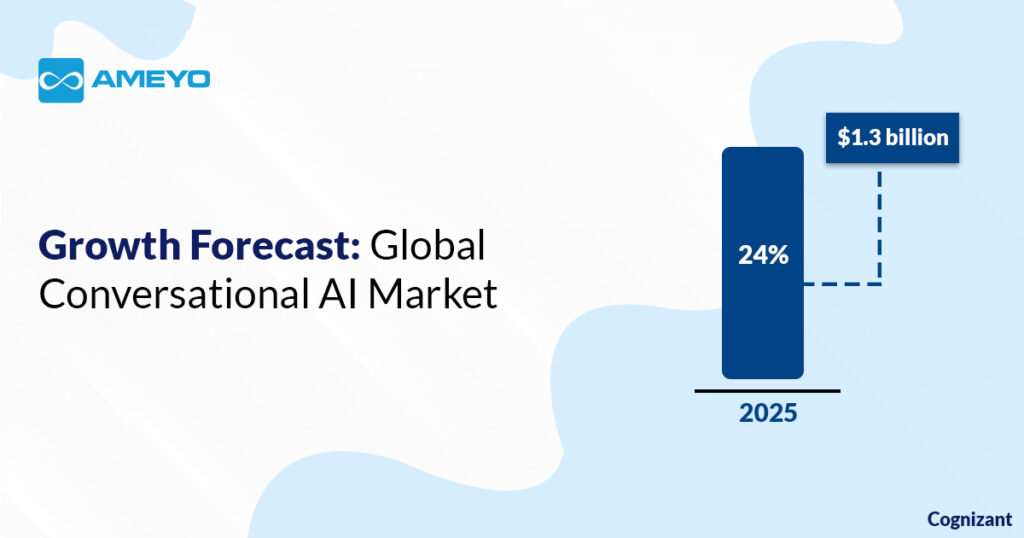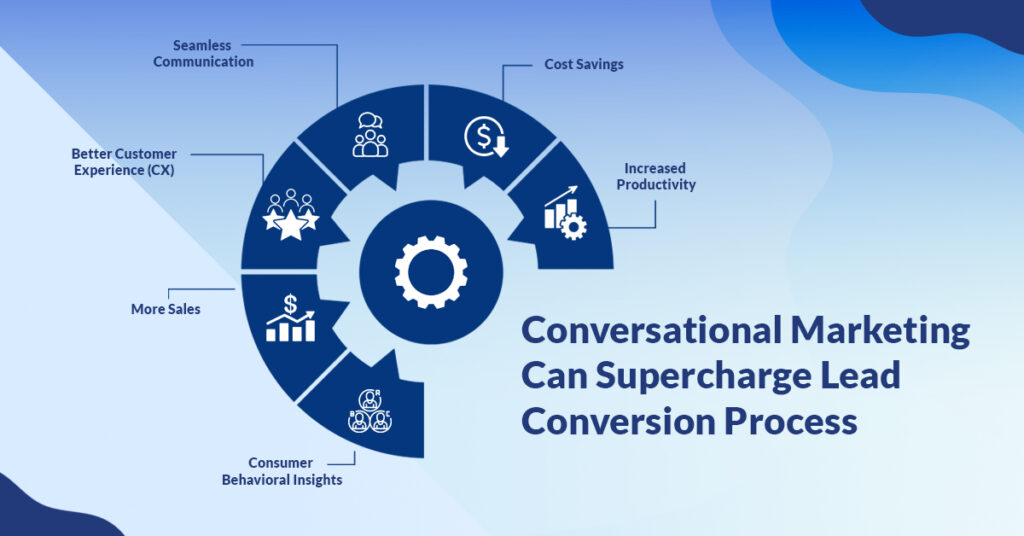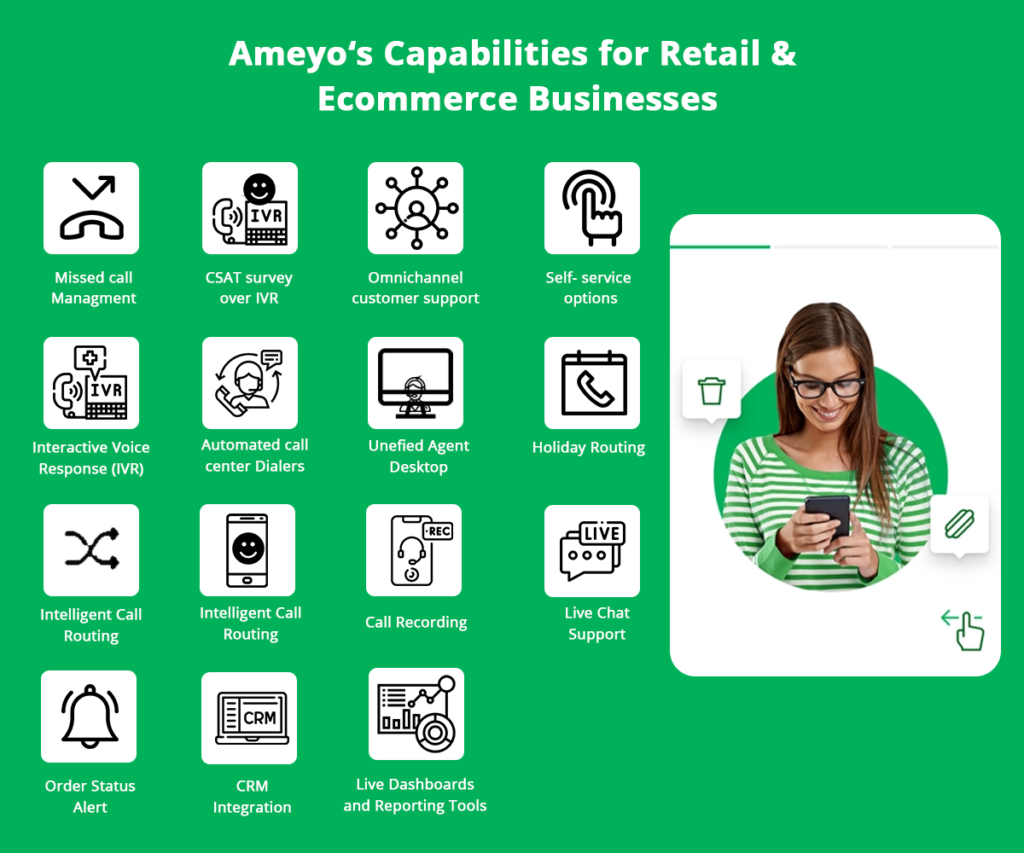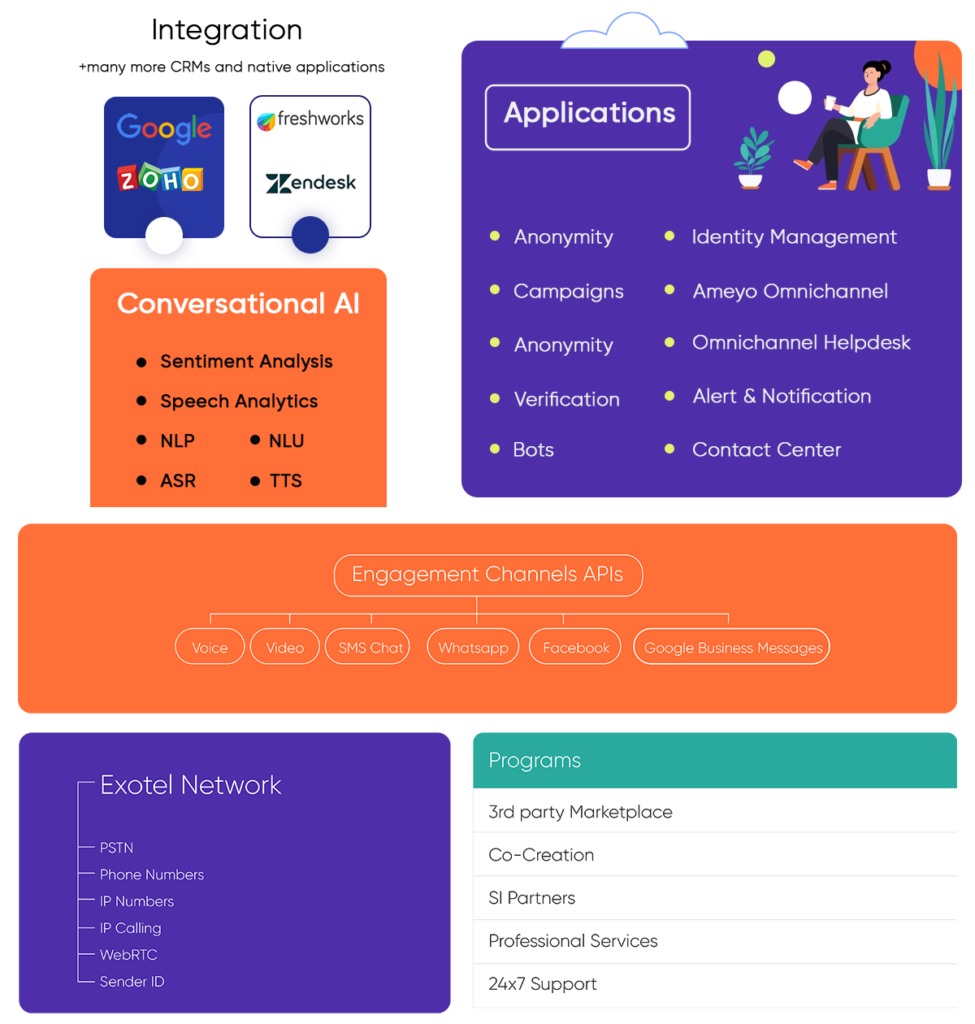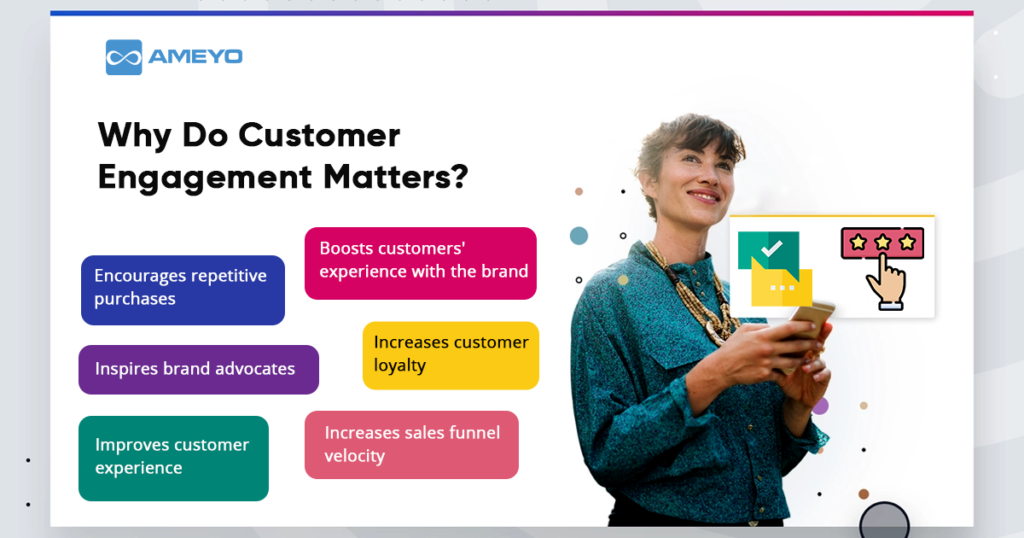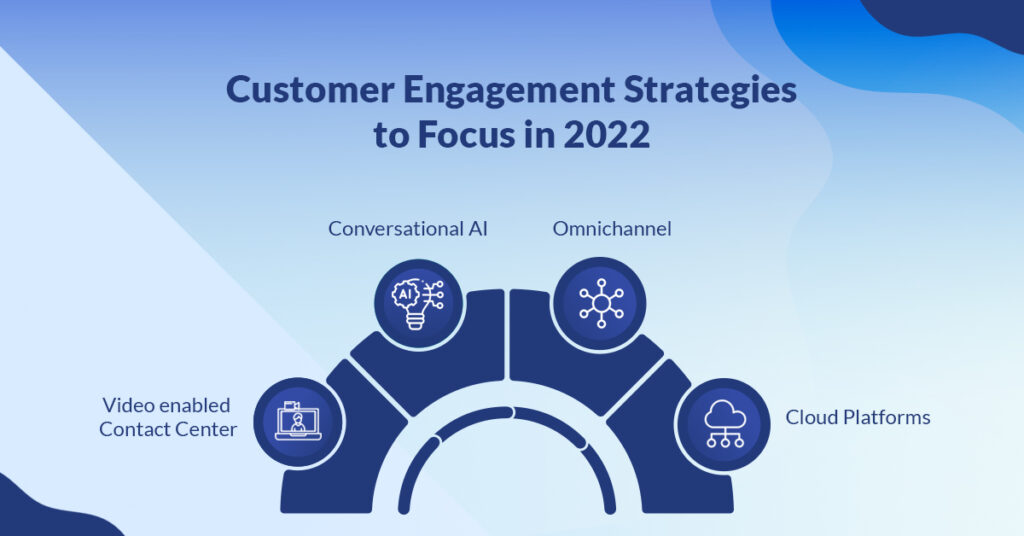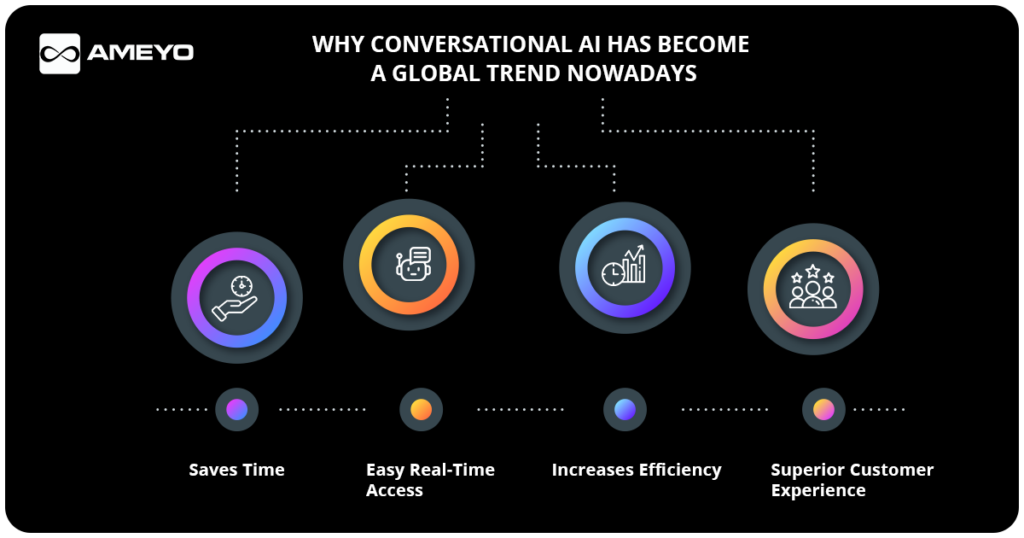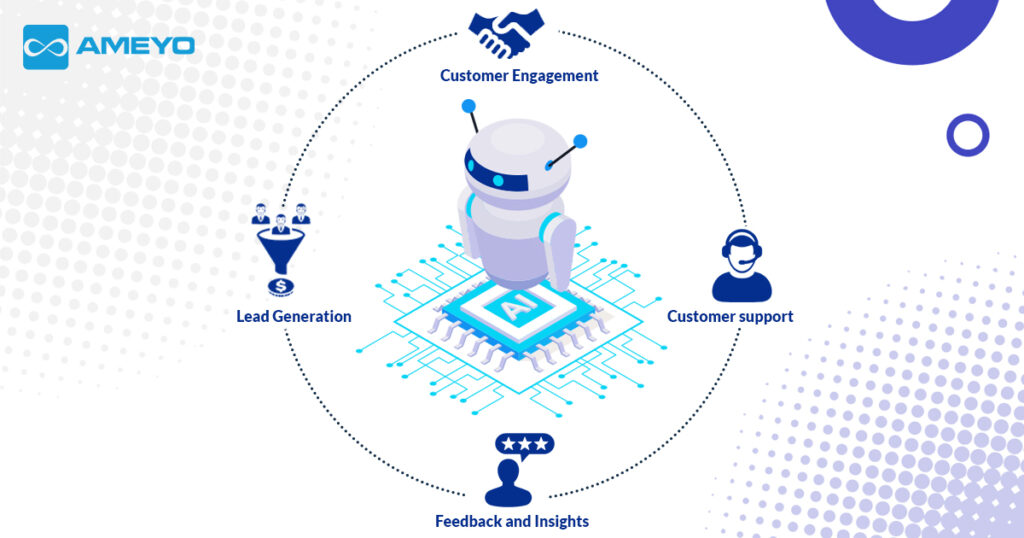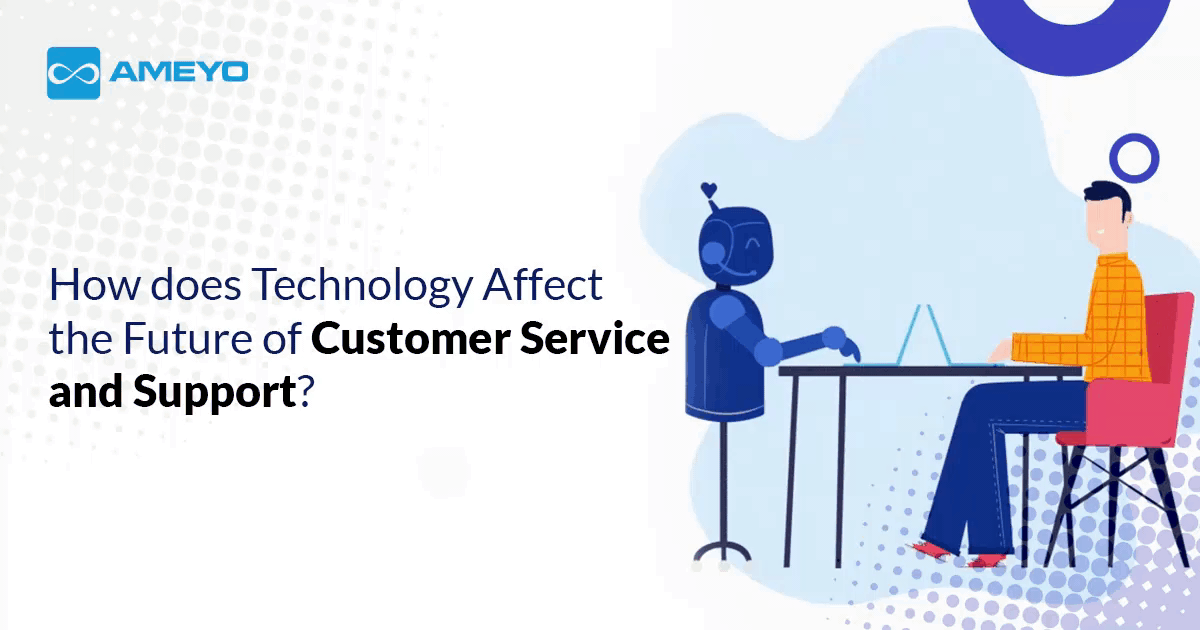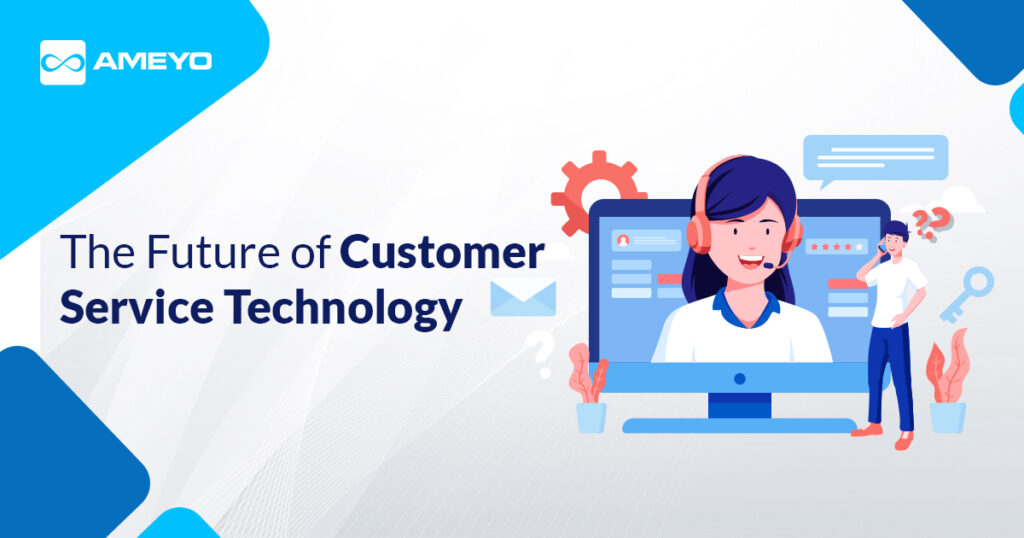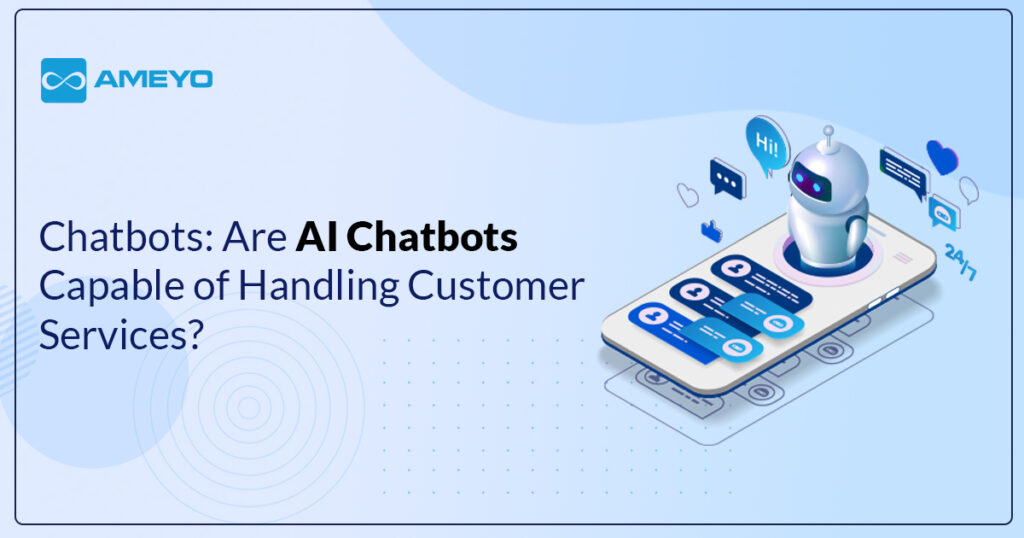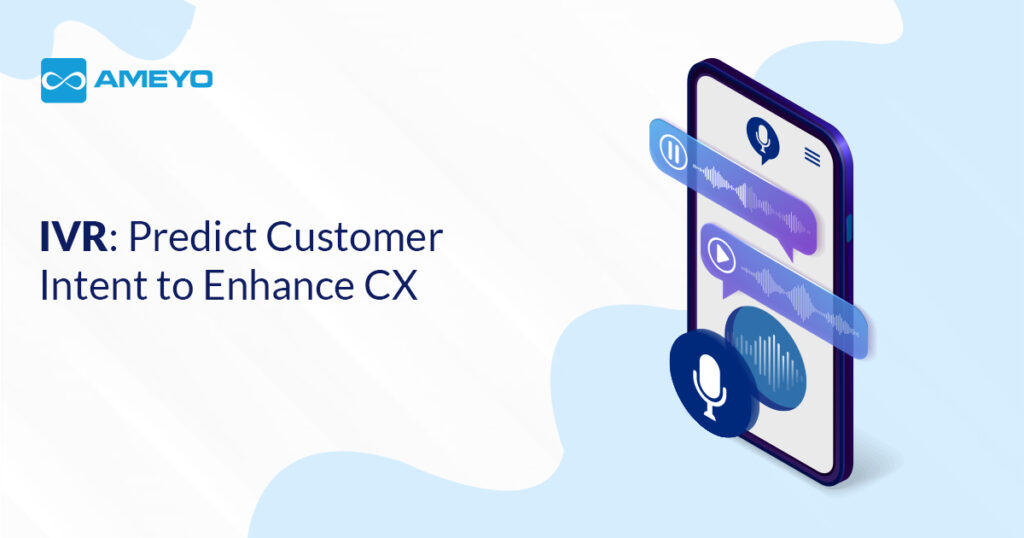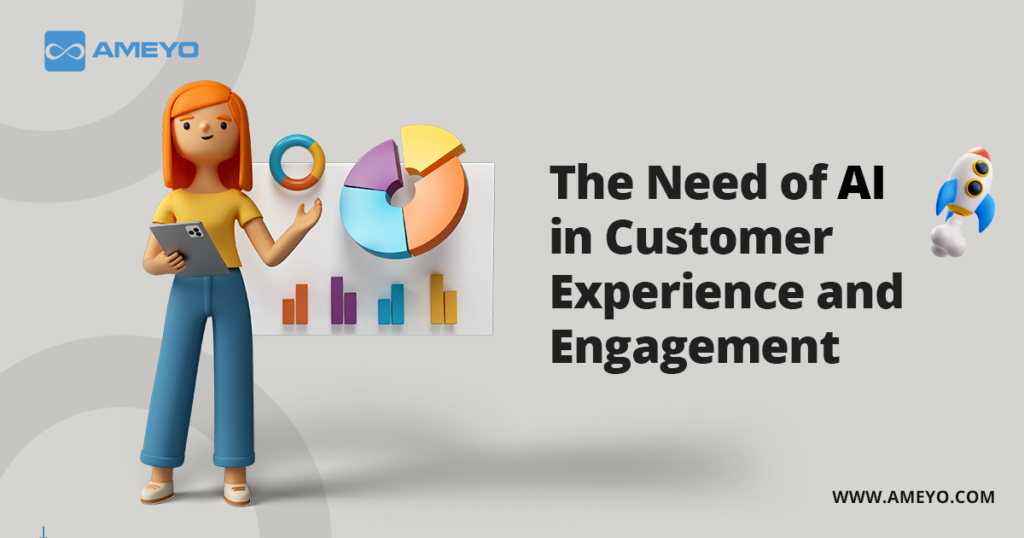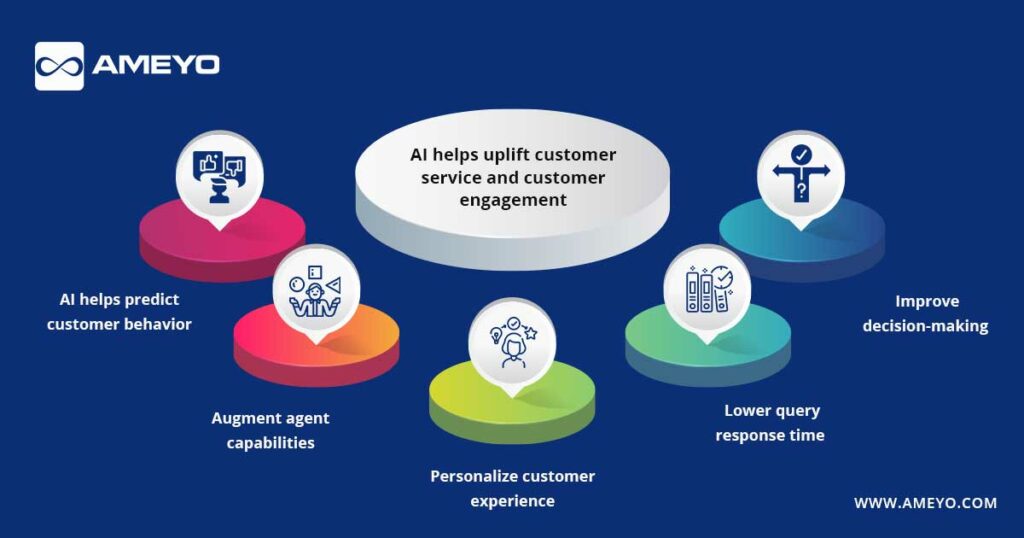A chatbot is an AI-integrated software application designed to provide consumers with a human-like communication experience via text messages or chats on various social platforms.
The post-pandemic world has witnessed an imminent rise in the usage of digital technology, and people have become used to instant gratification.
The aftermath of this situation is -increased expectations of quick assistance from their respective brands/service providers. Since the internet is a primary channel of communication between buyers and sellers, a chatbot acts as an apprentice by providing accessibility with ease of process to both parties.
There are two ways of creating a Chatbots:
Transactional Chatbot-
A transactional chatbot carries a conversation by providing a predesigned set of options to the consumer to conduct an action. After selecting one of them, another set of options is provided, along with the information on the previous choice.
The purpose of this chatbot is to execute a transaction on behalf of the user. This kind of chatbot is effective for sectors like banking and hospitality, where few questions suffice to gain all the required information from the consumers to perform a particular action.
Conversational Chatbot-
A conversational chatbot is opted to curate a human-like experience between the AI and the consumer to provide necessary information while eliminating any delays in response.
This kind of chatbot handles open-ended queries by focusing on predetermined keywords and providing the most relevant and suitable information to the consumers.

Use Cases of Chatbots:
There are many use cases of chatbot depending on specific industry and business functions but, the most common usage related to some of the fundamental processes and departments of an organization are:
1. Human Resources:
Recruitment–
Chatbots help in sourcing potential candidates, screening, answering their queries, scheduling interviews with HR managers, along with onboarding formalities. They make the entire process time and cost-effective by streamlining it.
Example- Cogno AI is an excellent example of this type of chatbot.
Employee Engagement-
Employee engagement is the key to employee retention. Chatbots can easily handle the tedious roles and responsibilities involved in it. Like, grievance handling, updating messages from leadership, capturing achievements & providing recognition.
Training and development of new and existing employees can be tedious and time-consuming. A chatbot collects information from employees through surveys, then studies and analyses it to gain knowledge. That knowledge is further applied to provide some activities to the employees to help with their T&D.
2. Sales:
Collecting data-
In inbound sales, the sales team gets in touch with people who express their interest in the product. Chatbots can have the basic conversation and collect their data for scheduling a demo or forwarding it to the field agent for further discussion.
Detailed response-
Initial contact plays a huge role in influencing a potential client, and any shortcomings from the sales front can reflect negatively.
A sales representative has to memorize all the details related to the product that can often be hard to achieve for a newcomer. Chatbots provide detailed information to the user regarding all their queries related to product features, pricing, etc.
3. Customer Support:
Quick Response-
More often than not, a sense of urgency is found in the users reaching out to the support team. Their queries can either be minimal or complex; in both cases, the sooner the solution is provided, the happier client is.
The quick responses also influence user satisfaction greatly.
In a research conducted by Userlike, 68% of respondents said that the most positive aspect of communicating with a chatbot was its quick response.
24×7 Availability-
Support representatives of an organization provide technical support services only during working hours. Unlike human support, chatbots are available 24×7 to provide these services to consumers.
It makes the complete after-sales service extremely efficient and convenient. It is also beneficial for the companies that provide their services globally.
4. Finance and Account Management:
Financial advice-
Chatbots have access to the complete information provided by the employees to the organization. It includes financial information like salary, bonus, taxes, etc. So, they can often provide financial advice to the users based on the collected data and help them in allocation.
Personal account-
Chatbots help employees in various processes, such as applying for leaves, reimbursement, or productivity tracking. This information is then passed on to the accounts department to process payroll. It ensures accuracy and reduces the chances of making mistakes.
What does the future hold?
With increasing companies whose primary source of communication is the internet, chatbots are the future of customer support. They would be in massive demand for their quick and detailed response.
Although AI cannot replace human interaction, it can undoubtedly assist in conducting their jobs in a streamlined manner while also being cost-efficient.
So, more and more companies would opt for chatbots because more and more consumers would only prefer companies with them. If not for any other reason, then only for their conditioning of instant gratification!

![Conversational AI Wins More Sales While Saving Time, Expense & Effort [Here is How]](https://www.ameyo.com/wp-content/uploads/2022/01/conversation-ai.jpg)
